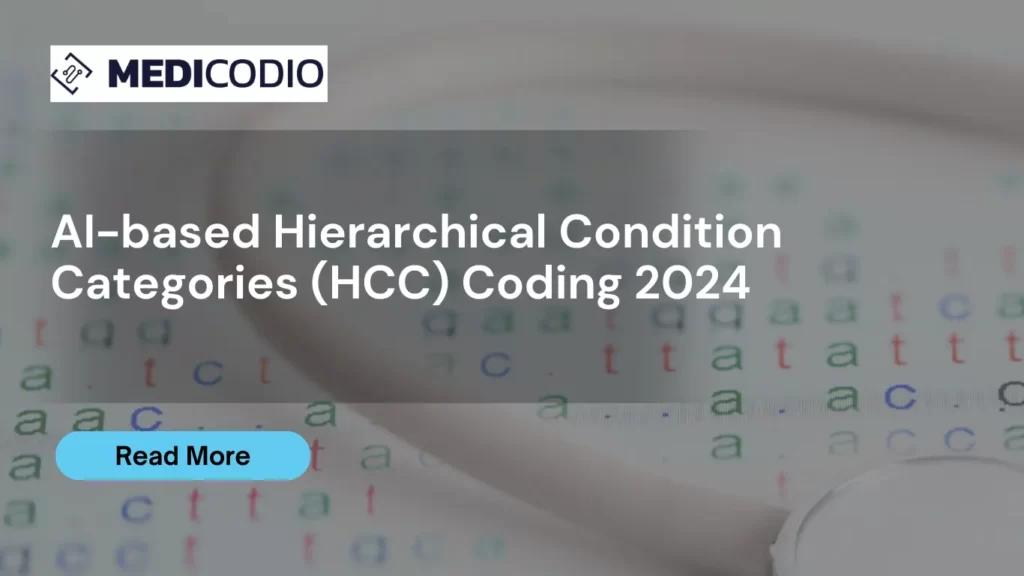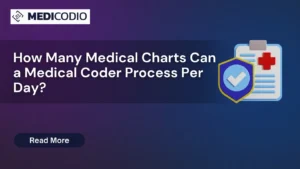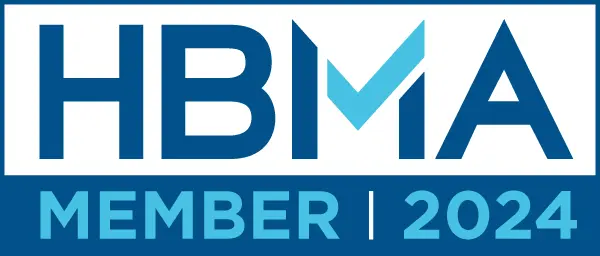As healthcare organizations are shifting to value-based care, Hierarchical Condition Categories (HCCs) are gaining prominence. The whole purpose of the HCC process is to assess a patient’s possible use of healthcare services and the associated costs. Healthcare organizations and RCM coding departments must possess fundamental knowledge about HCC to ensure accurate coding, thereby securing timely payments and reimbursements.
Let’s first understand what Hierarchical Condition Categories are.
Hierarchical Condition Categories (HCCs) are a group of medical codes assigned to specific medical diagnoses.
Physicians, hospitals, clinics, and health insurance companies use HCC to assess and manage patient health risks, determine appropriate treatment plans, allocate resources effectively, and calculate payment reimbursements within the framework of healthcare payment systems such as Medicare Advantage.
Every HCC code provides information about the diagnosis of a particular disease and expected annual care costs. Though it was initially created for risk adjustment in Medicare Advantage, its use has expanded to other payers.
Here is an example of a common Hierarchical Condition Categories list: Diabetes Mellitus: Type 1 Diabetes Mellitus; Type 2 Diabetes Mellitus; Diabetes with complications. When it comes to Cardiovascular Disorders: Hypertension, Coronary Artery Disease, and Congestive Heart Failure.
How Does HCC work?
HCC coding is based on ICD-10-CM codes to determine risk scores for patients. Each HCC corresponds to a specific ICD-10-CM code. In addition to factors like age and gender, insurance firms employ HCC coding to assign patients a risk adjustment factor (RAF) score. By utilizing algorithms, these firms can predict costs based on a patient’s RAF score. For instance, a patient with fewer severe health conditions might anticipate average medical expenses over a specific period. Conversely, a patient dealing with multiple chronic conditions would likely have increased healthcare utilization and higher associated costs.
HCC Code and Associated Conditions
HCC codes typically comprise hefty chronic health conditions and severe acute conditions. The number of HCC categories increased from 86 to 115 after CMS clinically reclassified the model. This reclassification also resulted in a change in the number of ICD-10-CM codes represented, decreasing from 9,700 to 7,770 across the various HCCs. The top HCC categories include major depressive and bipolar disorders, asthma and pulmonary disease, diabetes, specified heart arrhythmias, congestive heart failure, breast and prostate cancer, and rheumatoid arthritis.
Here is an example of HCC codes:
Diabetes Mellitus:
- HCC Code: 19
- Description: Diabetes Mellitus without Complications
Chronic Obstructive Pulmonary Disease (COPD):
- HCC Code: 111
- Description: COPD with Acute Lower Respiratory Infection
Heart Failure:
- HCC Code: 85
- Description: Heart Failure without Major Complications
End-Stage Renal Disease:
- HCC Code: 136
- Description: End-Stage Renal Disease on Dialysis
Major Depressive Disorder:
- HCC Code: 59
- Description: Major Depressive, Bipolar, and Paranoid Disorders
What is the RAF Score in Hierarchical Condition Categories coding?
The RAF (Risk Adjustment Factor) score is a measure used in healthcare to assess the predicted healthcare costs of an individual. It is calculated based on the individual’s health conditions and demographics. RAF scores are utilized in risk adjustment models to predict the expected healthcare expenses for patients in managed care or health insurance plans. Each HCC represents a group of related medical conditions with similar cost patterns and is assigned a specific weight that contributes to calculating the overall RAF score. The higher the RAF score, the higher the expected healthcare costs for the individual, based on their health conditions and demographics.
An RAF score of 1.00 indicates that a patient is expected to require an average amount of resources for their care. If the RAF score is higher than 1.00, it is considered a high score, indicating that the patient has complex medical needs and will require more resources and care. RAF scores are used to calculate payment amounts and are determined annually. Generally, healthier patients will have lower RAF scores, while sicker patients will have higher scores.
For instance, consider a 68-year-old female patient with type 2 diabetes, diabetic polyneuropathy, morbid obesity with a BMI of 38.2, and congestive heart failure. This patient’s RAF score would likely be higher due to the complexity of their medical needs.
Different Versions of Hierarchical Condition Categories Models
The HCC (Hierarchical Condition Category) model versions, typically referred to as V24, V25, V26, V27, and V28, are different iterations or updates to the risk adjustment model used in healthcare. These versions undergo periodic revisions and updates to enhance accuracy, relevance, and effectiveness in predicting healthcare costs associated with various medical conditions.
Many medical practices are currently evaluating the effects of the transition from the HCC V24 model to the HCC V28 model, which will be introduced gradually starting in 2024. In the United States, CMS utilizes Hierarchical Condition Categories (HCCs) to determine payment amounts for Medicare Advantage (MA) plans. The HCC model is also utilized by many private payers and ACOs for risk adjustment. In simple terms, MA plans receive more payment for patients with a higher risk score, which takes into account their disease burden, demographics, and geographic location.
Key Highlights of V28
- The number of HCC categories increases from 86 to 115.
- Risk scores are assigned to 2,294 fewer codes.
- V28 uses ICD-10-CM structure and clinical concepts in ICD-10-CM.
- From now on, certain typical medical conditions will not be included in the risk score calculation.
- V28 uses “constraining” meaning related HCCs are given the same coefficients.
- Will result in a decrease in overall risk for patients with diabetes.
- 268 codes that did not map to an HCC category in V24 will map in V28.
- Do not represent conditions common in Medicare patients.
- Will be a help for risk scores for commercial groups.
The Role of AI in HCC coding
HCC coding is a significant aspect of a patient’s health and care record as it captures a comprehensive picture of their health. Accurate coding is crucial in ensuring that the patient’s record is up-to-date, and the value of their care history is assessed correctly. Furthermore, it allows for precise reimbursements to cover the cost of their care.
MEAT is an acronym used in HCC coding to ensure accurate patient documentation.
M-Monitor signs and symptoms (disease process) E-Evaluate (test results, meds, patient response to treatment) A-Assess (ordering tests, patient education, review records, counseling patient and family) T-Treat (meds, therapies, procedure, modality).
One of the ways to ensure accurate HCC coding is by using AI-powered HCC coding tools. This is precisely where MediCodio comes in helping HCC coder code quickly, accurately, and efficiently.
Don’t settle for mediocrity when you can excel with CODIO, an AI-powered medical coding tool. Give it a go: https://lnkd.in/g_gH5Ymk





